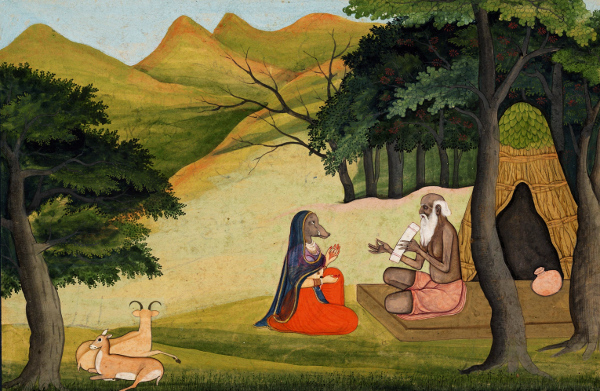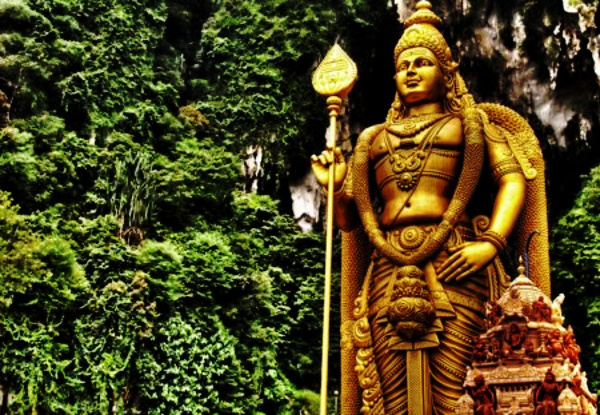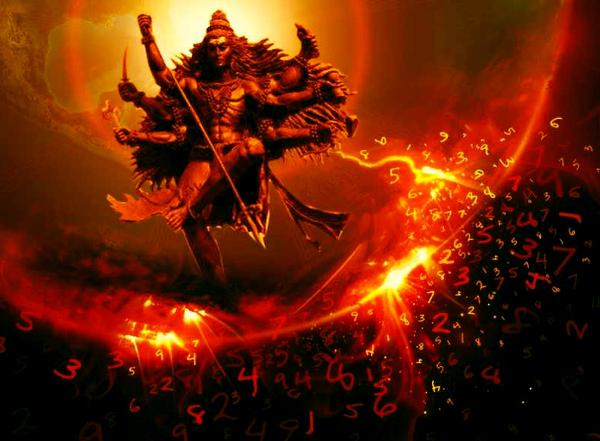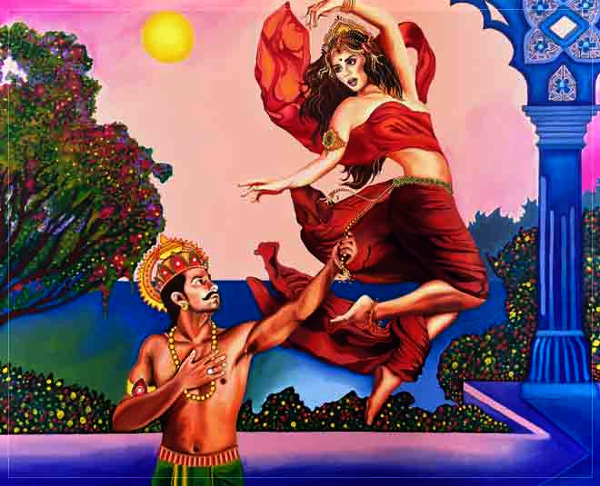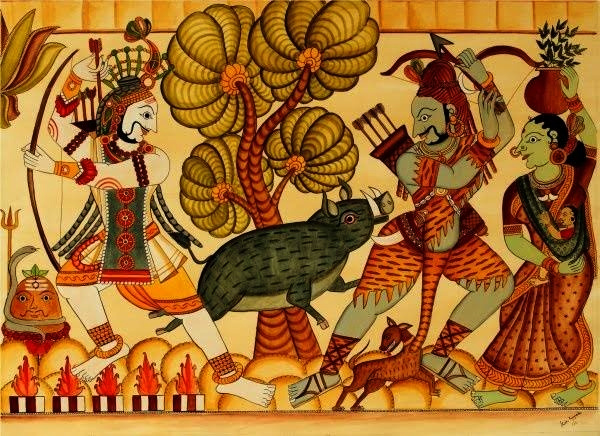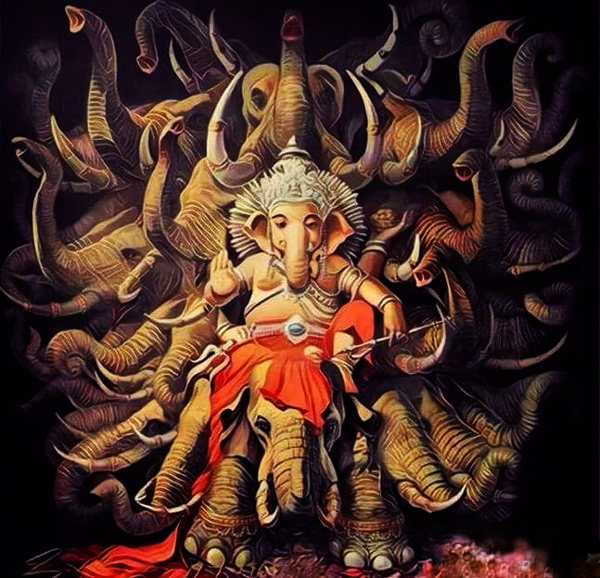Dakshinamurthy – Applied Indology
In every Shiva temple the stone image of Dakshinamurthy is installed, facing south, on the southern circumambulatory path around the sanctum sanctorum. He sits under the auspicious vata vruksha facing the south direction to give knowledge. The Daksinamurti Upanisad, which is in a dialogue format between Savanaka Rishis and Markandeya, gives a clear imagery and salient features of Daksinamurthy.

